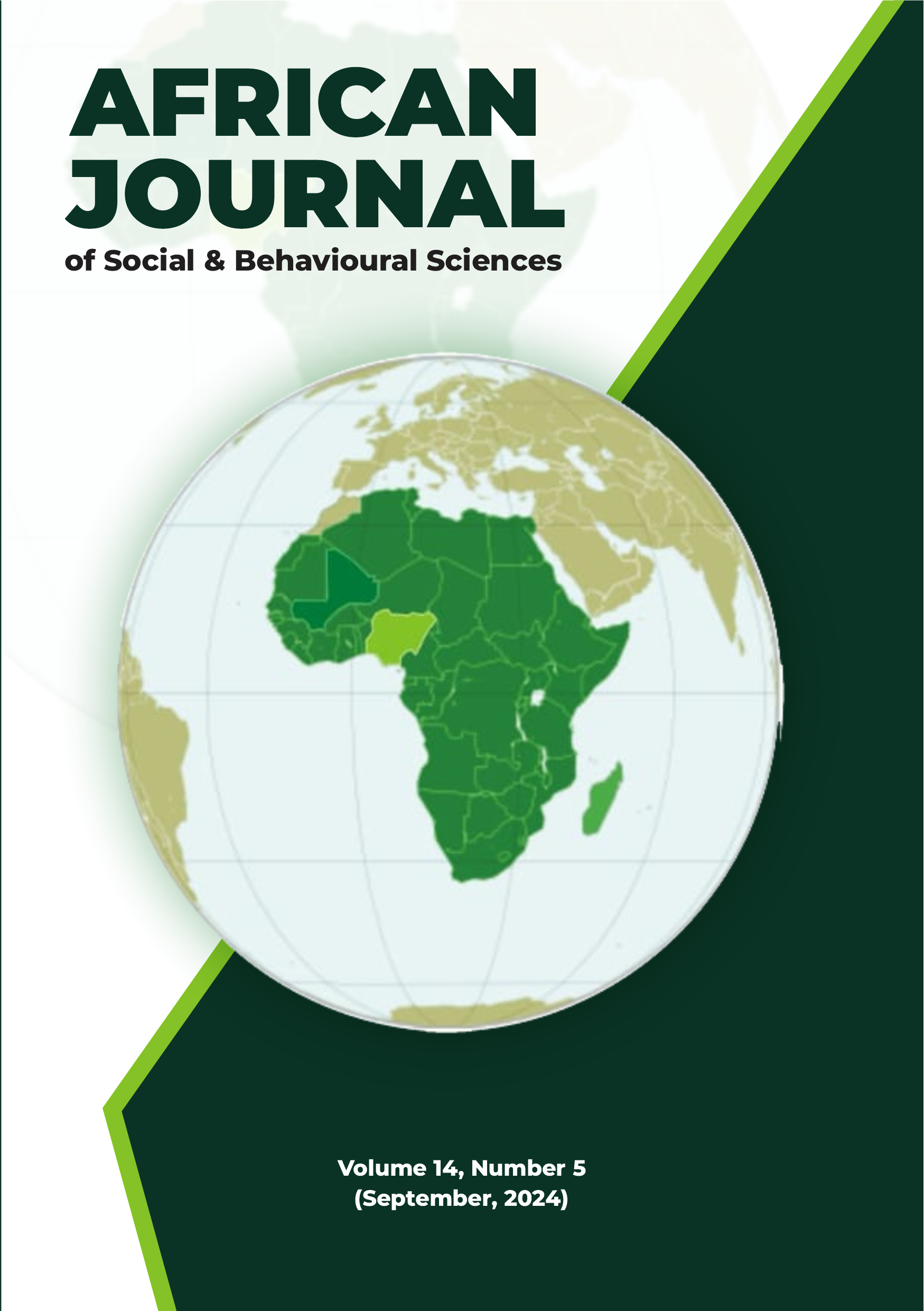ANALYSIS OF TOPOGRAPHICAL CONTRIBUTION OF FLOODING IN OWERRI URBAN IMO STATE USING GIS AND REMOTE SENSING TECHNIQUES
Keywords:
Flooding, Topography, GIS, DEM, Remote Sensing, Urban ResilienceAbstract
Flooding poses a significant environmental challenge in Owerri Urban, Imo
State, Nigeria, exacerbated by rapid urbanization, inadequate infrastructure, and heavy rainfall.
This study examines the topographical contributions to flooding in Owerri using Geographic
Information Systems (GIS) and remote sensing techniques. By analysing Digital Elevation
Models (DEM), slope gradients, hill shade, aspect, and contour maps, the study identifies key
areas prone to flooding. The findings reveal that flat or gently sloping areas, particularly those
with a slope gradient of 0° to 40°, are most susceptible to run-off accumulation and flood
events. The study further highlights the role of flat or gently sloping areas (0° to 40° slope
gradient) in contributing to flood risk.", especially at the bases of slopes, where runoff from
higher elevations accumulates. These insights underscore the critical role of topography in
flood risk assessment and provide a foundation for developing targeted flood mitigation
strategies. The study recommends the construction of a comprehensive drainage network, the
integration of flood risk maps into urban planning, and the enforcement of land use regulations
to reduce flooding in Owerri Urban. The use of GIS and remote sensing in this analysis
demonstrates their effectiveness in enhancing urban resilience to environmental hazards.


